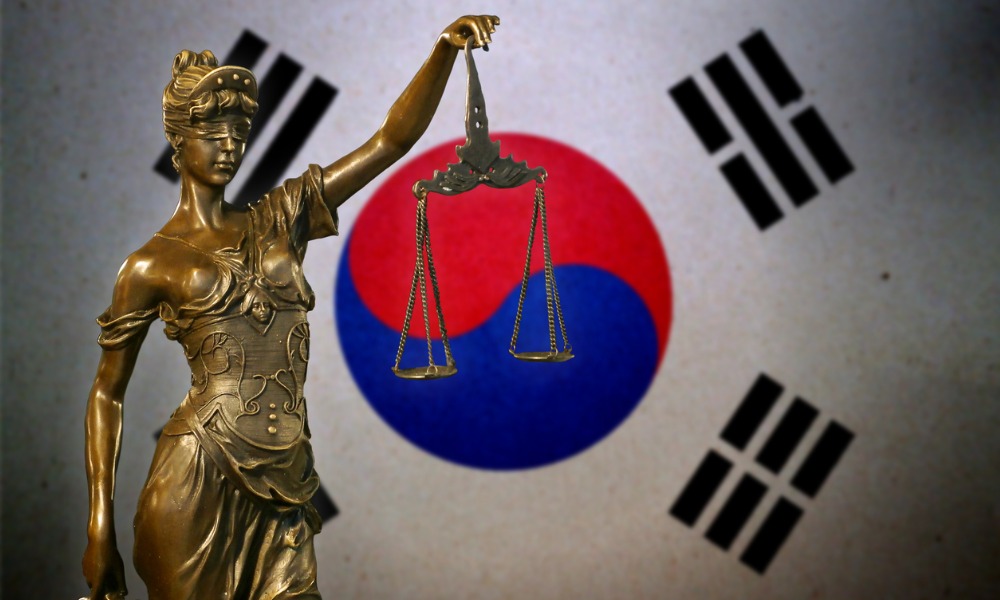Lawyer and e-discovery specialist break down how litigators can optimize and integrate the strategy and process of their work

Sponsored article
Litigation practice is in an era of unprecedented constraint. Tighter margins, better informed clients, and a nearly decade-long drive to cut costs, accelerated by the current recession, means that litigators need to approach every stage of their work with intention and direction. According to two members of the Thomson Reuters editorial and product teams, litigators need to develop litigation strategies and processes that serve one another, better enabling them to meet client expectations.
David Noseworthy, Senior Lawyer-Editor in corporate and commercial litigation for Practical Law at Thomson Reuters, and Betty Montoni, e-Discovery Specialist at Thomson Reuters, explained how strategy and process can be optimized by litigators. They laid out the tools and strategies that litigators need to be using now. They explained, as well, that litigators need to take a strategic and process-driven approach in order to meet the expectations of the modern client.
“Clients are becoming much more sophisticated,” Noseworthy says. “This is particularly true of bigger companies who have much larger in-house legal departments. They will be playing a bigger role in litigation. There’s more collaboration required. Clients are more cost sensitive as well. So, you have to strategize to deploy resources in a way that will deliver on those efficiency expectations.”
Meeting those expectations begins with litigation strategy. Noseworthy says that the most crucial step is the first, where litigators engage directly with the client to find out their objectives, their risk tolerance, and their budget. Litigators need to work on pulling together a complete picture of the internal and external factors that will influence the litigation strategy. Does litigation pose a reputational risk to the client that needs to be protected against? Does the client have an ongoing business relationship with the other side that they want to maintain? In the strategic planning stage lawyers should cast a wide enough net to make sure the litigation process serves a targeted goal.
In casting that wide net, Betty Montoni says that litigators should consult with associates and their paralegals on their own team as well as the client or the client's legal department. Litigation has so many moving pieces and bringing in insight from others means that far more possible angles are considered as the strategic plans are built. It is also of benefit to collaborate with opposing counsel during the discovery phase to strategize the process for document collection and delivery of productions to keep those costly processes under control.
Budgeting, at this stage, is key as well. Noseworthy says that in his days as a junior lawyer he was delegated to do some litigation budgets ‘on the back of an envelope.’ He says that clients won’t accept that anymore. Rather, they will want to look at a six-month plan, a year-long plan, and a three year plan. They need to hear, in the early stages, how much it could potentially cost to get to trial. That requires a real granularity.
"The data that a budget provides can also help you find ways to streamline your practice,” Noseworthy says. “By analyzing past budgets, you can start to identify trends in litigation spending. This can help you make informed cost-benefit analyses of external resources."
While he accepts that lawyers won’t want to be tied down fully to the budget, clients will expect a master plan that accounts for a range of eventualities. He says that building such a comprehensive plan takes resources.
“Those small law firms that don't necessarily have all of the resources in play can also leverage outside resources as well,” Montoni says. “There are litigation strategists and e-discovery strategists, that can help t with the process and will process tie into your budget and keep those budget dollars controlled as your litigation moves forward.”
With a strategic plan, litigators need to get down into the day-to-day of process. This stage, Noseworthy says, involves accounting for a number of external factors that the lawyer has no control over. In an uncertain, adversarial process, litigators need to act proactively to get ahead of some of those issues and ensure they have resources that can meet unforeseen challenges as they arise.
Noseworthy and Montoni say that in these cases, being able to pull quickly from the most up to date information and leveraging relevant editorial content is key. Using research tools like Westlaw and pulling from the wealth of expertise available in Practical Law, they say, can be a difference maker on the process side of a litigation.
Though lawyers must consider so many factors in modern litigation, Noseworthy and Montoni say that integrating strategy and process into a successful modern litigation effort hinges on one factor.
“Budgeting, budgeting, and budgeting again,” Noseworthy says. “It’s just so important. I think there's still a resistance from some lawyers to have those conversations upfront. But it's so important to have those ongoing discussions and to be constantly checking against the plan to see where you are. It’s the way to keep things in check and in balance throughout the litigation.”










